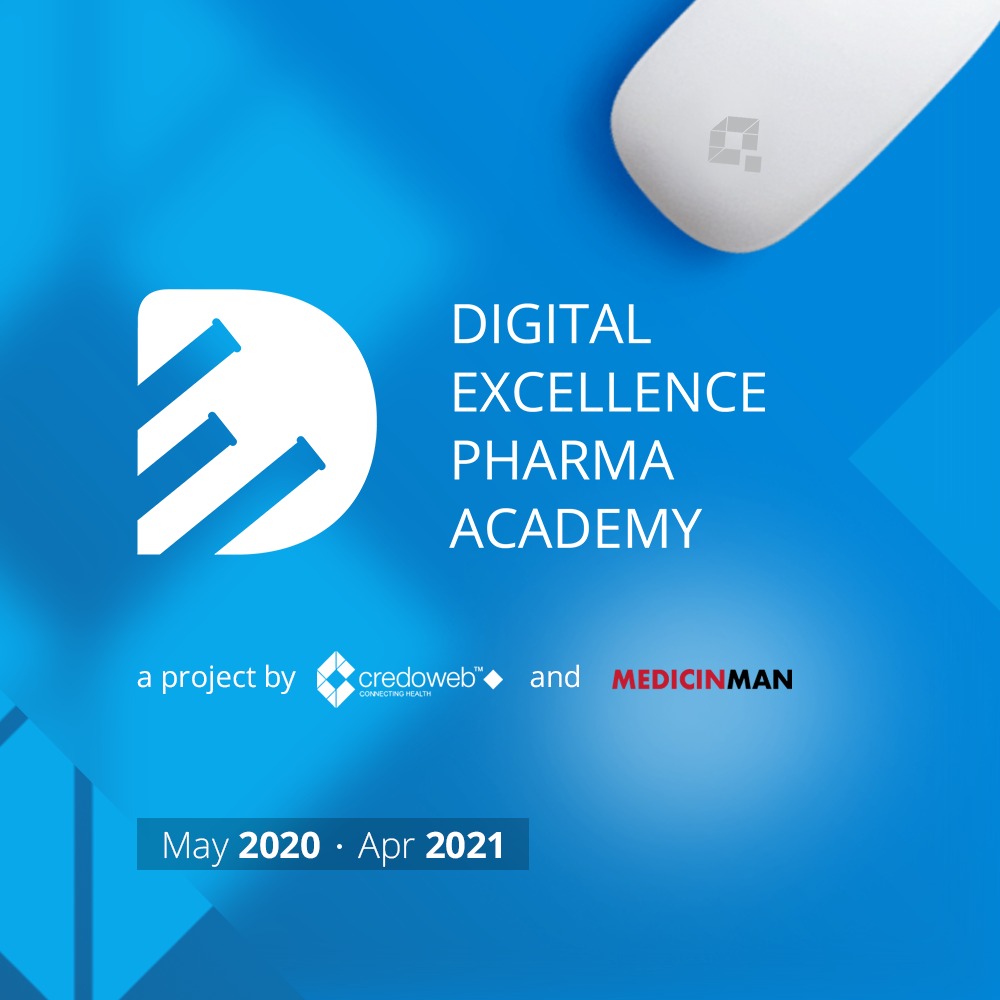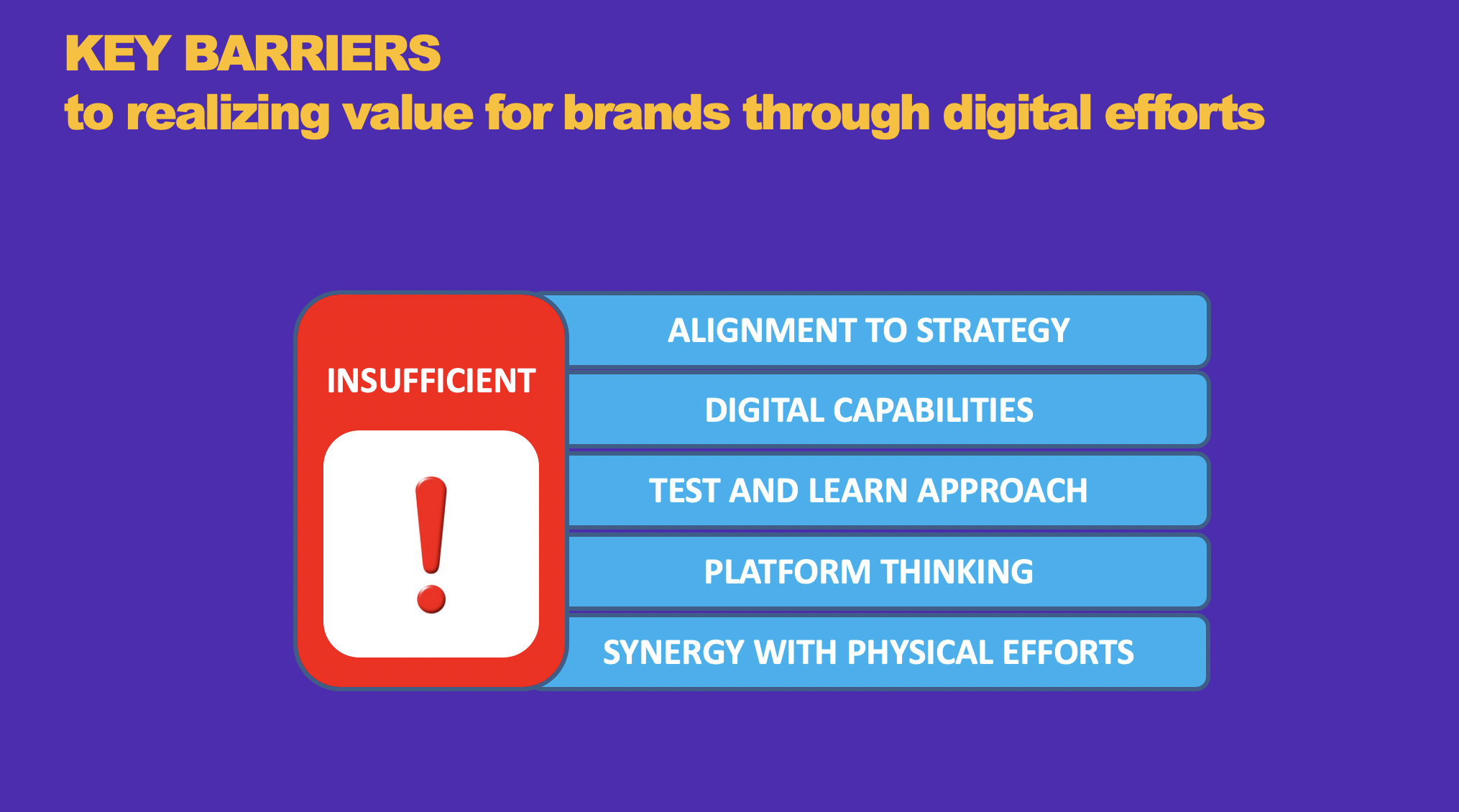With his unique experience both in the Indian Pharma industry and as a consultant with McKinsey, Manish Bajaj is uniquely placed to offer Indian Pharma a directional roadmap for digital adoption and eventual transformation of pharma business models to be compatible with the changing world of patient-centered healthcare.
Manish Bajaj is presently, Cluster Head – India Business at Dr Reddy’s. During his tenure of 10 years at Dr. Reddy’s, he has handled multiple roles including Strategy, Strategic Marketing, Sales Force Excellence, Sales Training, Portfolio Management, Innovation, Medical Affairs, and Regulatory Affairs.
Prior to Dr. Reddy’s, Manish travelled extensively around the world as a consultant at McKinsey & Company, New Jersey. During his stint at McKinsey, Manish worked with Fortune-500 companies across the healthcare value chain including pharmaceutical companies, generics companies, wholesalers, and PBMs.
Manish is a Chemical Engineering graduate from the Institute of Chemical Technology, Mumbai (previously UDCT). He is also an alumnus of Massachusetts Institute of Technology (MIT), Boston where he completed his Masters and Ph.D. in Chemical Engineering.

We are in the midst of a sea change in the way that business is being conducted. Rapid strides in technology has allowed established companies and start-ups to create disruptive business models. With change being the only constant, the companies that have failed to adapt are quickly losing relevance. The feeling of not knowing when, or from which direction, an effective attack on a business might come has created a sense of urgency amongst incumbents. Companies in retail and consumer goods are quickly integrating technology to keep up with the evolving landscape. On the other hand, highly regulated industries like banking and healthcare are lower down the adoption curve.

All the important stakeholders in the healthcare value chain are also adopting technology at a rapid clip. Research by McKinsey indicates that about 70% of patients go online to check what condition they might have based on their symptoms. A whopping 84% of patients check their treatment options after initial diagnosis. Doctors too are increasingly using technology to not only get access to the latest medical information, but also to counsel their patients.
Further, doctors are also leveraging “doctors only” social media platforms for networking and peer learning through case discussions. This increasing propensity to use digital technology was visible in a recently conducted survey, in which doctors getting disrupted as new forces of peer reviews, recommendations by friends and other user generated content influence users’ buying decisions, voted websites and webinars as the most preferred digital channels for engaging with them.

The presence of online platforms and tools has given patients a plethora of options to choose products and services. This rapid adoption of technology by patients and doctors has caught healthcare businesses off-guard. The traditional users’ decision journey which comprised awareness –> consideration –> preference –> action –> loyalty, is getting disrupted as new forces of peer reviews, recommendations by friends and other user generated content influence users’ buying decisions.
As companies scramble to digitally transform to adopt to this new paradigm, it is important to take a step back and understand what digital transformation actually means for a business.
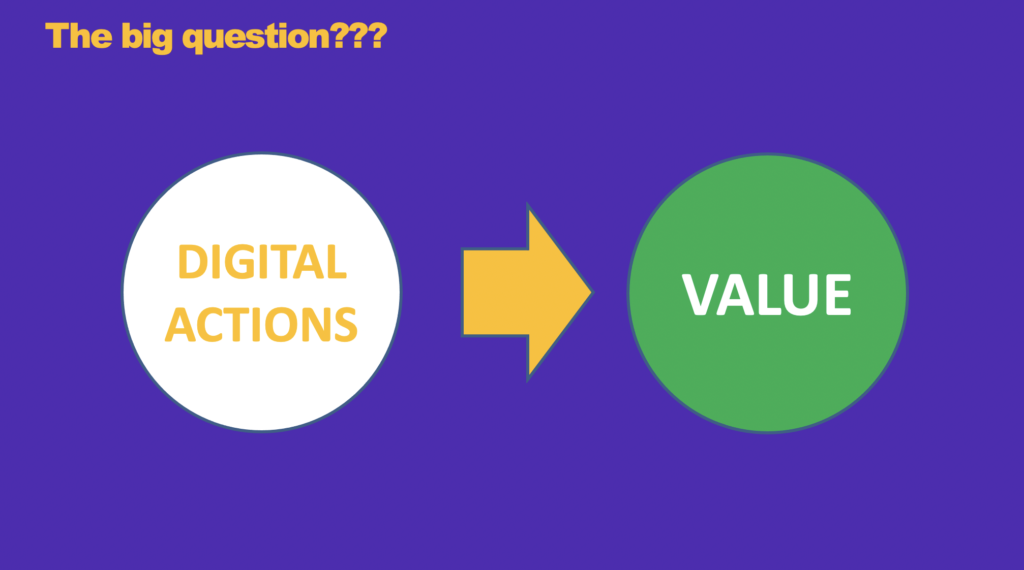
In many situations, technology upgradation is often construed as digital transformation. In a recently conducted survey by Altimeter, 88% of companies said that they were undergoing ‘digital transformation’ but only 25% said that they did so with the purpose beyond investing in new technology. The real definition of digital transformation is the realignment of, or new investment in technology, business models, and processes to create value for customers in a dynamic digital economy.
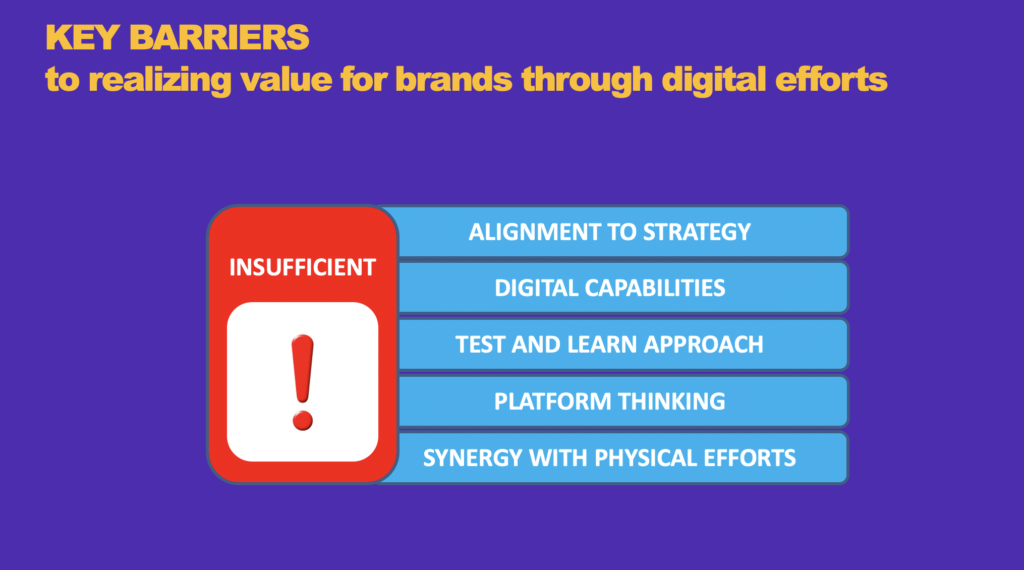
While defining the roadmap for integrating digital in a business model, it is critical to measure the current state of the business in leveraging technology. According to the consulting firm Altimeter, digital transformation is a journey and businesses can be classified into six types based on the extent of strategic & operational integration into the digital economy:
1. Current steady state in which businesses are unwilling to challenge the status quo and operate with the view that the current mode of engaging with customers and stakeholders remains relevant.
2. Present & active in which experimentation is driving digital creativity with the objective of improving specific offerings and/or processes. These often happen in a non-coordinated manner throughout the organization.
3. Formalized state in which experimentation becomes structured while execution is at a scale capable of impacting the business in a positive manner. Initiatives tend to become bolder, and employees seek support from the management leadership for new resources and technology.
4. Strategic state in which the organization recognizes the strength in collaboration, research, and shared insights. The fruits of these efforts contribute to new strategic roadmaps with defined ownership and investments.
5. Converged state in which a dedicated digital transformation team is formed to guide strategy and operations based on business goals. New structures take shape within the organization as roles, processes, and systems are redesigned to support the transformation.
6. Innovative & adaptive state in which thinking ‘digital’ becomes a way of business as leaders recognize that customers continue to be tech savvy. A new ecosystem is established to identify and act upon technology and market trends in pilot and eventually at scale
Use of digital technologies in the pharmaceutical space in India can broadly be classified into three segments viz.
a. Patient centric tools
b. Differentiated doctor interactions (in-clinic) and c. Differentiated doctor education at scale
Patient-centric technology tools can range from simple apps like a symptom tracking diary to holistic disease information apps.
Pharmaceutical companies have started using digital tools to have more impactful and customized communication with doctors. CRM-CLM tools can allow marketers to develop and deploy customized communication, based on doctor segmentation leading to higher in-clinic engagement than conventional visual aids. Web-based platforms can allow dissemination of medical information at scale and with greater frequency than conventional CME programs achieving higher attention as well as message recall.
For the systematic development of a digital strategy, there are eight key mantras that companies should follow to increase the probability of getting business impact from going digital:
1. Granular understanding of the patient journey is essential in understanding the key unmet needs of the patient as well as the pain points for which a technology intervention is required.
2. Ideation can be a very exciting process however, while crafting a solution it is important to sharply articulate the value to patient, value to doctor and value to the company. Absence of clarity on either one of these leads to a higher risk of failure of the initiative.
3. Follow a “shark tank” approach in which the ideas are articulated as business cases to a select group of leaders and the chosen ideas get preferential allocation of resources.
4. Make sure that failure is not considered as a stigma. Fail fast and fail cheaply but more importantly, iterate as much as possible in order to develop a solution that can delight customers.
5. Due to the diverse nature of the stakeholders in the Indian pharmaceutical industry, it is important to develop the go-to-market strategy with both physical + digital (phygital) approach. This allows not only for better execution in the marketplace but also improved customer delight.
6. Form a team specifically devoted to digital transformation. The presence of centralized resources and execution teams specifically for this purpose can greatly impact execution success.
7. Partner with start-ups in the healthcare ecosystem to bring solutions to the market faster. There are a lot of things that pharmaceutical companies can learn from enterprising start-ups.
8. Take the long term approach to digital. Considering it as a “campaign” is setting up yourself for failure.
Pharmaceutical companies are taking baby steps to integrate their business model with the digital ecosystem while digital transformation of the ecosystem is happening at a rapid pace. If the companies don’t evolve their internal operating systems at a similar pace, there is a high chance of getting sidelined for future growth. We need to act before it is too late. M
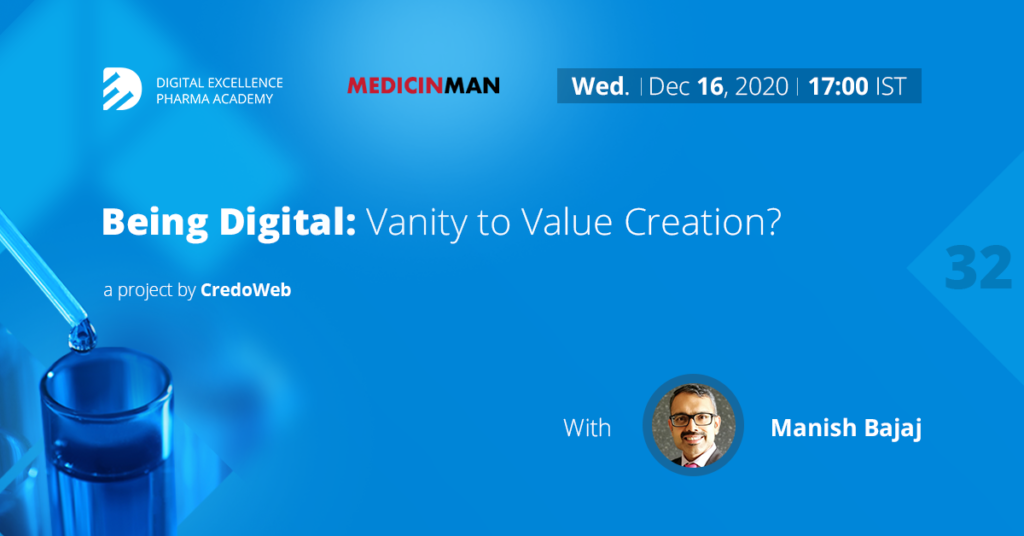
Attend the webinar by Manish Bajaj today – Wednesday 16th December by registering on – https://www.credoweb.in/discussion/582/being-digital-vanity-to-value-creation
You will receive an email invitation with link to attend the webinar.
This webinar is brought to you by Digital Excellence Pharma Academy (DEPA) – A joint initiative of CredoWeb and MedicinMan
